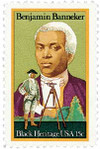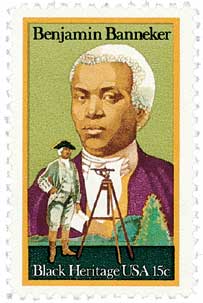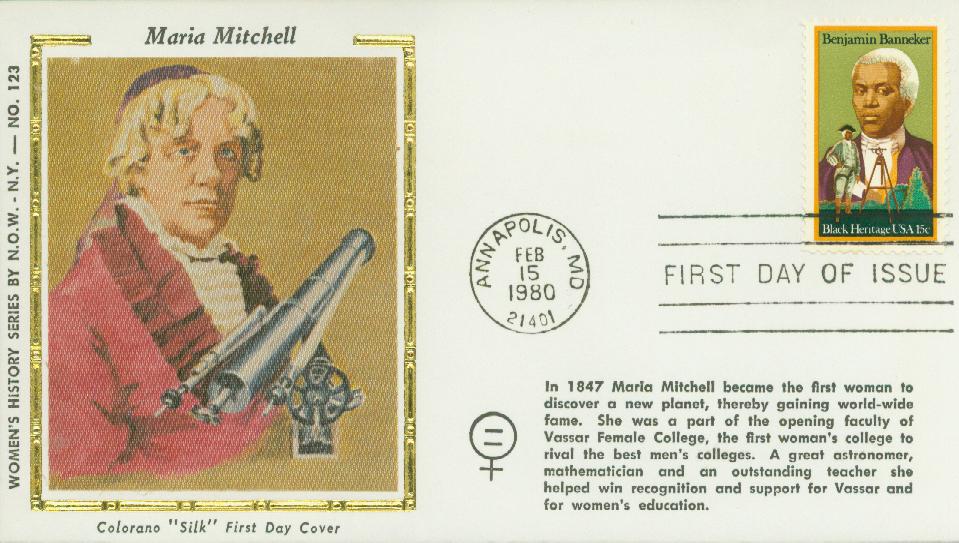
# 1804 - 1980 15c Black Heritage: Benjamin Banneker
1980 15¢ Benjamin Banneker
Black Heritage
City: Annapolis, Maryland
Quantity: 160,000,000
Birth Of Benjamin Banneker
Banneker was the son of freed slaves and received little formal education as a child. He was mostly self-taught and what little education he had ended when he was old enough to work on the family farm.
When he was 22, Banneker built a hand-carved wooden clock that struck on the hour. The clock worked for over 50 years. In 1772, the Ellicott brothers (namesakes of Ellicott City) established a gristmill near Banneker’s family farm. Banneker took great interest in the operation of the mills, studied them, and befriended the Ellicotts. The Ellicotts also loaned Banneker books to help him further his education, particularly expanding on his joy and study of astronomy. From these studies, Banneker was able to accurately predict a solar eclipse in 1789, proving many well-known astronomers wrong.
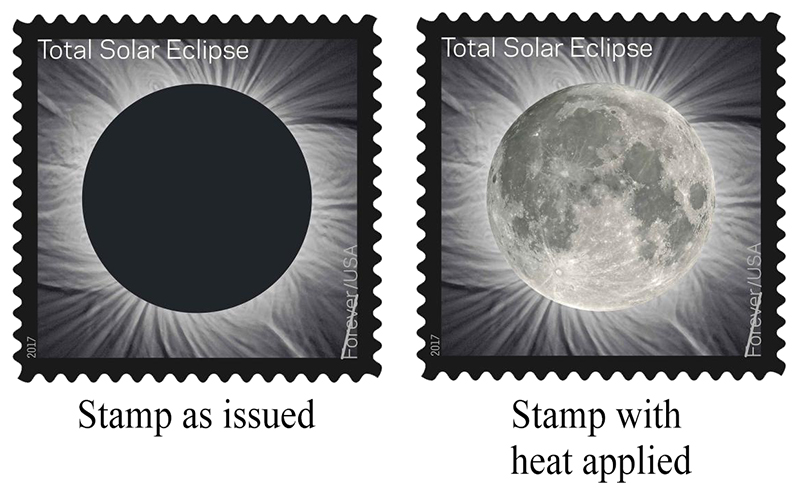
In February 1791, one of the members of the Ellicott family who was a local surveyor was called away for work in New York. In his absence, he hired Banneker to take his place in providing the initial survey of boundaries for the newly established federal district (Washington, DC). According to some accounts, much of Banneker’s work on the project involved taking astronomical observations. These were used to identify the starting point of the survey. He also used his clock to keep track of points on the ground in relation to the location of stars at specific times.
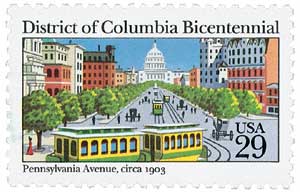
Banneker left the project after just three months due to illness. Returning home, he continued his work on an almanac. Over the past few years, he’d collected his calculations in the hope of creating an almanac. When he tried to publish it in 1790, no one would agree to publish it. Then in August 1791, he wrote to Thomas Jefferson.
Banneker sent Jefferson a manuscript of his almanac along with a letter. In it, he discussed the statesman’s view on slavery and how it contradicted the Declaration of Independence. In his response, Jefferson praised Banneker for his almanac, which he said he would forward to the secretary of the academy of sciences in Paris, though it appears he never did.
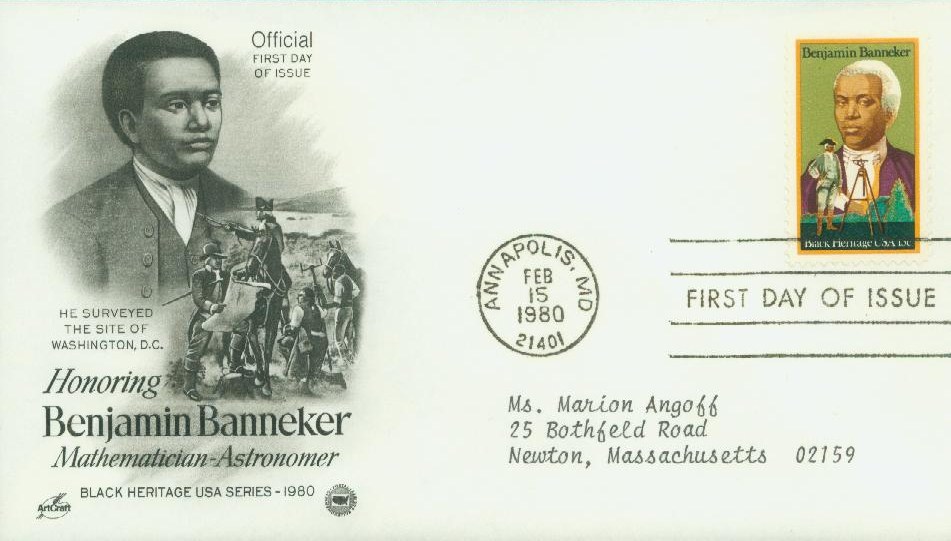
In any event, Banneker was finally able to publish his almanac in 1792. According to the title page, it included “the Motions of the Sun and Moon, the True Places and Aspects of the Planets, the Rising and Setting of the Sun, Place, and Age of the Moon… The Lunations, Conjunctions, Eclipses, Judgment of the Weather, Festivals, and other remarkable Days; Days for holding the Supreme and Circuit Courts of the United States, as also the useful Courts in Pennsylvania, Delaware, Maryland, and Virginia. Also – several useful Tables, and valuable Receipts. – Various Selections from the Commonplace–Book of the Kentucky Philosopher, an American Sage; with interesting and entertaining Essays, in Prose and Verse – the whole comprising a greater, more pleasing, and useful Variety than any Work of the Kind and Price in North America.”
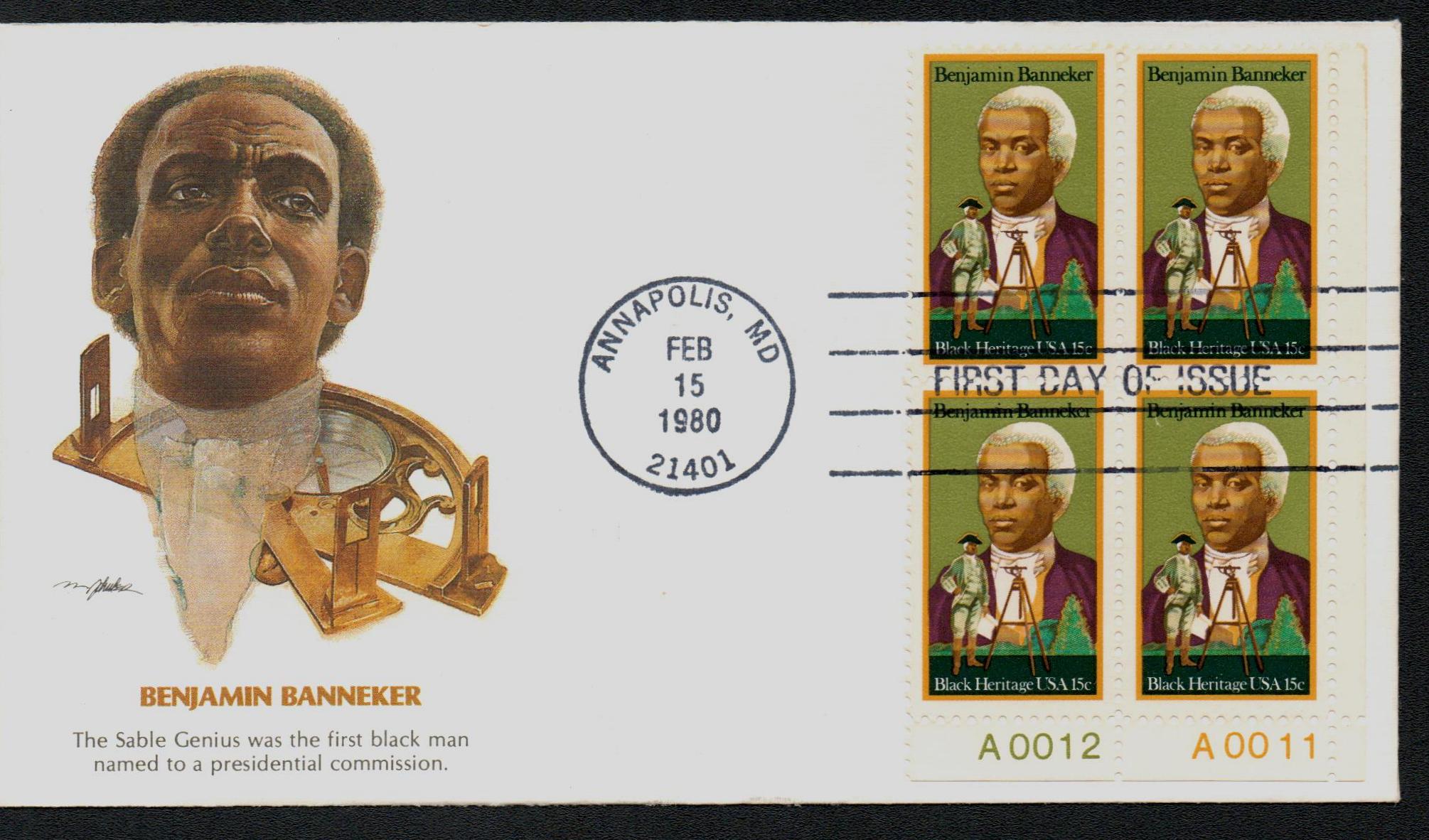
Banneker’s almanacs were successful for a few years but declined in sales and the 1797 edition was the last to be printed. He sold much of his property in the coming years and died on October 9, 1806, one month before his 75th birthday. His chronic alcoholism may have contributed to his death. On the day of his funeral, a fire broke out in his cabin, burning it to the ground and destroying most of his journals and belongings.
In the years since his death, many streets and buildings have been named in Banneker’s honor. There’s also a Benjamin Banneker Historical Park and Museum in Oella, Maryland and the Banneker-Douglass Museum in Annapolis, Maryland.
1980 15¢ Benjamin Banneker
Black Heritage
City: Annapolis, Maryland
Quantity: 160,000,000
Birth Of Benjamin Banneker
Banneker was the son of freed slaves and received little formal education as a child. He was mostly self-taught and what little education he had ended when he was old enough to work on the family farm.
When he was 22, Banneker built a hand-carved wooden clock that struck on the hour. The clock worked for over 50 years. In 1772, the Ellicott brothers (namesakes of Ellicott City) established a gristmill near Banneker’s family farm. Banneker took great interest in the operation of the mills, studied them, and befriended the Ellicotts. The Ellicotts also loaned Banneker books to help him further his education, particularly expanding on his joy and study of astronomy. From these studies, Banneker was able to accurately predict a solar eclipse in 1789, proving many well-known astronomers wrong.

In February 1791, one of the members of the Ellicott family who was a local surveyor was called away for work in New York. In his absence, he hired Banneker to take his place in providing the initial survey of boundaries for the newly established federal district (Washington, DC). According to some accounts, much of Banneker’s work on the project involved taking astronomical observations. These were used to identify the starting point of the survey. He also used his clock to keep track of points on the ground in relation to the location of stars at specific times.

Banneker left the project after just three months due to illness. Returning home, he continued his work on an almanac. Over the past few years, he’d collected his calculations in the hope of creating an almanac. When he tried to publish it in 1790, no one would agree to publish it. Then in August 1791, he wrote to Thomas Jefferson.
Banneker sent Jefferson a manuscript of his almanac along with a letter. In it, he discussed the statesman’s view on slavery and how it contradicted the Declaration of Independence. In his response, Jefferson praised Banneker for his almanac, which he said he would forward to the secretary of the academy of sciences in Paris, though it appears he never did.

In any event, Banneker was finally able to publish his almanac in 1792. According to the title page, it included “the Motions of the Sun and Moon, the True Places and Aspects of the Planets, the Rising and Setting of the Sun, Place, and Age of the Moon… The Lunations, Conjunctions, Eclipses, Judgment of the Weather, Festivals, and other remarkable Days; Days for holding the Supreme and Circuit Courts of the United States, as also the useful Courts in Pennsylvania, Delaware, Maryland, and Virginia. Also – several useful Tables, and valuable Receipts. – Various Selections from the Commonplace–Book of the Kentucky Philosopher, an American Sage; with interesting and entertaining Essays, in Prose and Verse – the whole comprising a greater, more pleasing, and useful Variety than any Work of the Kind and Price in North America.”

Banneker’s almanacs were successful for a few years but declined in sales and the 1797 edition was the last to be printed. He sold much of his property in the coming years and died on October 9, 1806, one month before his 75th birthday. His chronic alcoholism may have contributed to his death. On the day of his funeral, a fire broke out in his cabin, burning it to the ground and destroying most of his journals and belongings.
In the years since his death, many streets and buildings have been named in Banneker’s honor. There’s also a Benjamin Banneker Historical Park and Museum in Oella, Maryland and the Banneker-Douglass Museum in Annapolis, Maryland.








